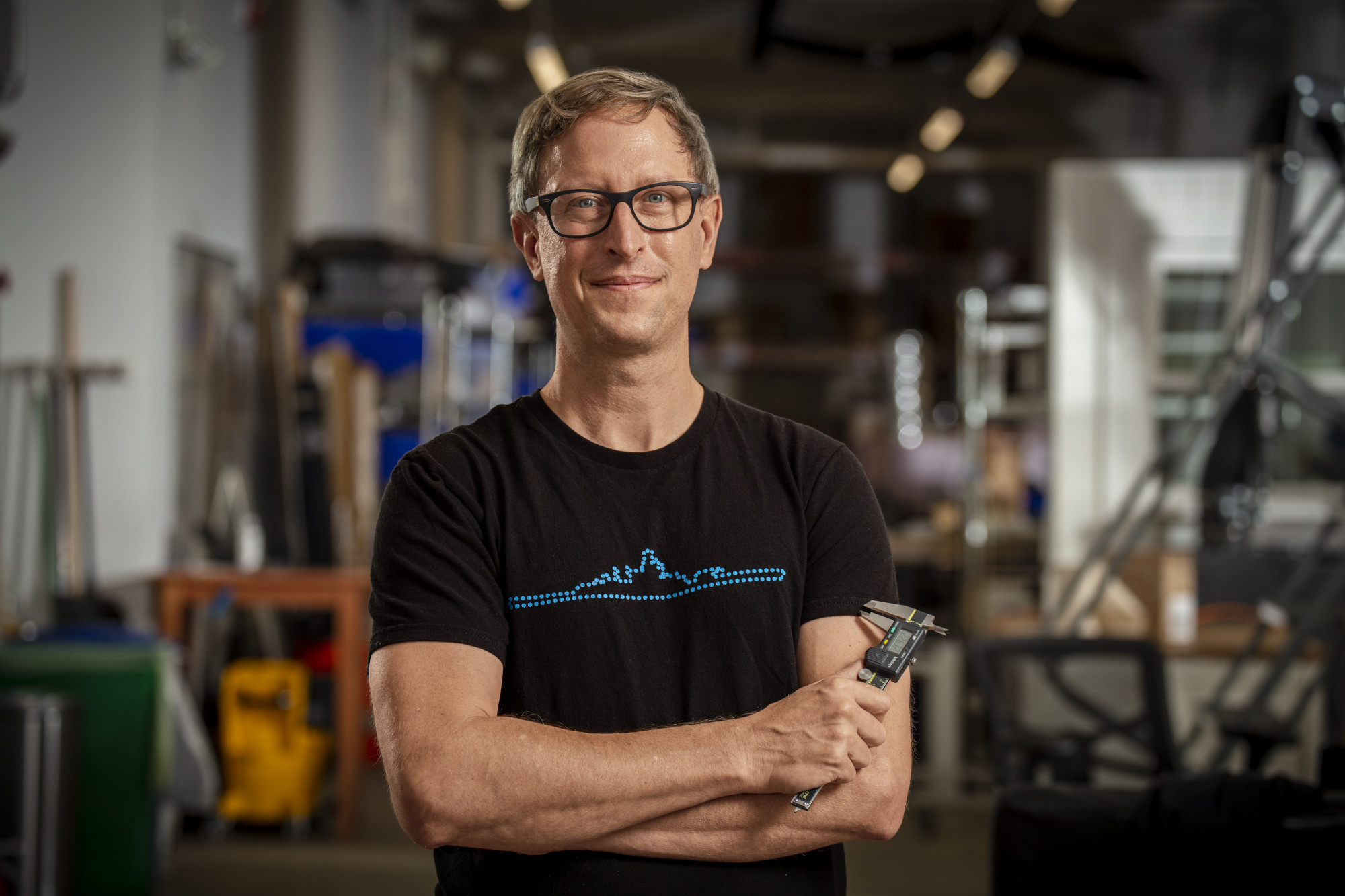Autodesk FY21 Impact Report: Designing a More Sustainable World

It’s been over a decade since Autodesk released its first impact report. We’re proud of the priorities we’ve set and the progress we made this past year, including achieving net-zero greenhouse gas (GHG) emissions as a company and using 100% renewable energy in operations, as was shared in the Autodesk FY21 Impact Report.
We’re also proud of our customers who are working toward more sustainable outcomes—like Autodesk Foundation customer Treau. The company uses Autodesk EAGLE software to design and make printed circuit boards. Treau is rethinking thermal comfort appliances by creating high-efficiency, low-carbon natural refrigerants.
Yet with the building and manufacturing sectors each still responsible for 19% of global GHG emissions, there’s more work to be done.
Ready to build your skills and expand your knowledge related to impact? Check out these learning resources:
Reducing waste in construction
Taking steps to reduce construction material waste (roughly 30% on a typical site) is good both for the planet and your bottom line.
Eliminating Construction Waste as a Pathway to Success
John Wiegand explores how to benchmark the impact of waste from the construction sector, the connection between improved material productivity and better project outcomes, and how the Autodesk Construction Cloud enables lean processes.
Technology Driving Sustainable Construction
Technology has been a driver of environmental harm, but it can also be a greater driver of sustainability. Nathaniel Coombs explores the technology that can help you achieve sustainable construction, some of which you may already use.
Simulation for sustainability
80% of the environmental impact of a product or a building is determined in early-phase design. Simulating, iterating, and optimizing before construction or production begins enables you to maximize sustainability.
Using Generative Design and Machine Learning for Faster Analysis Feedback
Integrating building performance analysis in the early stages of conceptual design can be an important way to improve the final building. Machine learning can help. Using generative design, Revit, Dynamo, and Insight, Spyridon Ampanavos shares a workflow that generates a synthetic data set for training a machine learning model for energy analysis prediction.
Additive Manufacturing: Understanding and Applying Key Design Considerations
Laser powder bed fusion (LPBF) is one of the most frequently used additive manufacturing technologies today. Brian Jeong and Tyson Fogel show you how to simulate, analyze, and adjust your workflow to improve product quality and sustainability.
Sustainable manufacturing
Sustainable manufacturing is about more than creating sustainable products—it’s also about the processes themselves.
How Sustainability and Fusion 360 Can Help You Save Money and the Planet
Manufacturers need to figure out how to produce more efficient products with reduced negative impact on the environment. As it turns out, organizations that embrace sustainability are more competitive and innovative. Chas Sullivan and Tyson Fogel explore the trends, opportunities, and impact of sustainability for manufacturing.
Design a Nocturnal Solar Light Bulb in 60 Minutes
Solar energy is clean and limitless, and the operational costs are close to nothing. To help people living in remote places with restricted access to electricity, Debasish Dutta and Varun Heta created a low-cost solar light bulb that can replace harmful kerosene lamps. Explore their workflow and discover an effective ECAD-MCAD collaboration.
Impact for owners
As the final decision makers and the sources of capital, building owners have a big part to play in the adoption of sustainable practices. And with digital twins becoming a reality, they’re finally starting to see some new benefits of digitization at the same time.
Autodesk Tandem: Delivering the Value of BIM to Owners with a Digital Twin
Digital twins are the next step in the transformation of your building ownership. Tim Kelly and Robert Bray cut through the hype and help you understand the value of a digital twin and what is required to create one. They also share how to use Autodesk Tandem and integrate it with new and existing systems to connect the digital model to the operational and performance data of its physical counterpart.
BIM for Sustainability—7D
BIM workflows are key to improving sustainability from the early design phase of a building throughout the entire lifecycle. Luc Wing and Eve Lin share how you can make a difference with BIM and sustainability—and how to integrate sustainable goals into your practice.
You can find more resources at Autodesk University whenever you’re ready to learn.




